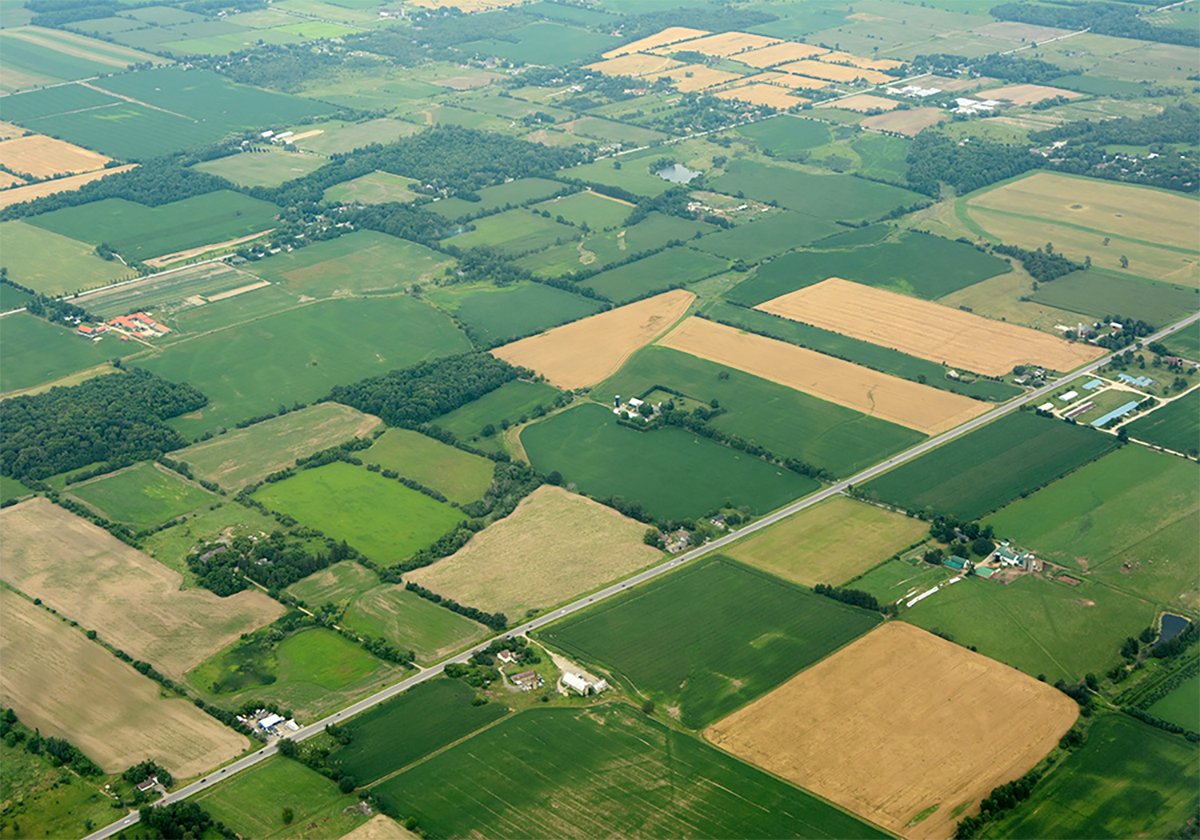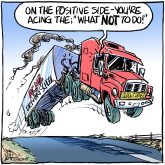IT IS A lesson for the rookie agriculture minister about the gap between government aid announcements and the perceptions of those at whom the announcements are aimed.
In mid-December, agriculture minister Gerry Ritz told reporters that he and provincial ministers had agreed on a package of farm aid that would make up to $3.8 billion available in program payments, advances on future payments and speedier payments from earlier Canadian Agricultural Income Stabilization program years.
A senior government official later estimated that much of the money would start to flow early in 2008.
Read Also

Higher farmland taxes for investors could solve two problems
The highest education and health care land tax would be for landlords, including investment companies, with no family ties to the land.
A Dec. 20 article in The Western Producer reported the government promises that the hurting livestock sectors would be the primary, though not exclusive, target for this government largesse.
Producers listened to what sounded like good Christmas season news and waited, impatiently as it turns out.
So the January telephone calls from two producers in Manitoba and Saskatchewan to the Producer followed the same path.
Where’s the money, both wanted to know. “City people think we’re getting all this money and I haven’t seen a cent.”
They offered some pointed advice.
“You shouldn’t print stuff that isn’t true. You should print a correction.”
In reality, there is nothing to retract or correct, at least not yet.
The story reported promises from the government. Newspaper reporters are not authorized to administer lie detector tests to promising politicians and even if they did, most likely would pass with flying colours. They announce what they expect will happen or what they want to happen.
Producers hear the news and expect the cheque next week.
And ministers quickly discover: a) how difficult it is to quickly get a big bureaucracy turning on a dime; b) how impatient and angry disappointed producers quickly become; and c) how dangerous it is to throw out the most optimistic number about the benefits when actual dollars almost certainly will be less.
Delivery of the aid was unrealistically soon. The quirks of the CAIS program payout formula mean many producers will not qualify for nearly as much as the government projected as a best-case scenario and the government now is dealing not just with an industry crisis but disappointed producer expectations as well.
Last week’s fiasco in Saskatchewan’s hog industry simply illustrates the perils of over-promising quick delivery.
CAIS workers were trying to speed up processing of targeted advances, ran some numbers, sent letters to more than 100 producers and then had to retract that good news with the reality that many who had been promised tens or hundreds of thousands of dollars would be getting nothing.
The hog industry perception that it has been let down by the Conservative government led to a strong reminder from Canadian Pork Council president Clare Schlegel that in the 2006 election campaign, Conservatives promised to stand with farmers when disaster strikes.
“This is a disaster,” he wrote to prime minister Stephen Harper last week. “This is your opportunity. Continued support in rural Canada is vital for this Conservative government.”
Ritz is now dealing with another hot file.














